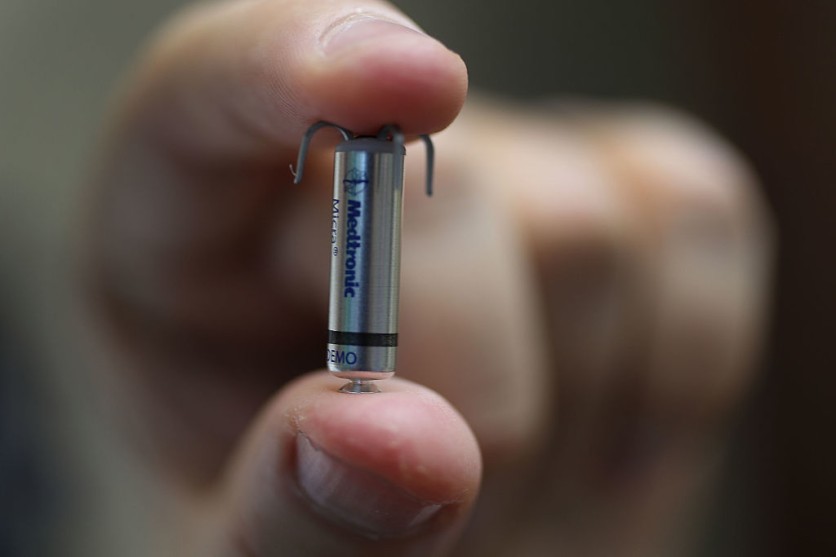The number one cause of death in the US is heart disease. In 2020 alone, it claimed the lives of about 700,000 people.
The most prevalent kind of heart disease is coronary artery disease, which typically results in a deadly heart attack. At least 18.2 million adults in the US have this disease and are at risk of heart attacks.
But despite its prevalence, experts are still perplexed by the full nature of heart attacks. When a patient is spared from a heart attack, there is still a likelihood that they will succumb to heart failure.
Scientists explain that heart cells do not renew themselves after an attack. It could also leave long-lasting scars that are detrimental to a person's health.
This is what drove a team of researchers from the University of Southern California to create a device that can imitate certain elements of a heart attack and aid in the development of heart disease treatments. The team called this miniature gadget a "heart attack on a chip."

Heart Attack on a Chip
A myocardial infarction, usually known as a heart attack, can be effectively and methodically simulated by the device. This allows them to better understand how the heart changes following an attack.
Researchers still don't fully understand how heart cells communicate with one another in the healthy and damaged areas of the heart.
The team is optimistic that their invention may aid in solving some of the puzzles surrounding what occurs after a heart attack.
The "heart attack on a chip" is roughly a quarter-sized square microfluidic device. It is transparent and compact enough to mimic the behaviors of a human heart. Its base is 22-millimeter-by-22-millimeter and is made of PDMS, a rubber-like polymer. Gases pass through two channels on either side of the device.
A tiny layer of the PDMS polymer, which is permeable for oxygen to pass through is present above the base. A thin coating of protein is also found on the top layer.
The team designed it in a way for the heart cells to line up and produce a similar structure found in human hearts.
Read Also : American Heart Association Updates Healthy Diet for the Heart, But are Nutrition Apps Adopting This?
Significant Improvement
The researchers claim that this is a significant improvement from animal models because it allows them to observe changes in the heart tissue in real-time.
The model will eventually be enhanced by the researchers to include more intricate details.
They plan to incorporate fibroblasts or immune cells, which result in scarring after a heart attack, to better understand its nature. The team also hopes that the miniature model will eventually serve as a testing ground for novel heart medications.
The research findings were published in the journal Science Advances.
Related Article : Apple Lists Devices, Accessories to Keep Away from Pacemakers, Defibrillators Due to Magnets

ⓒ 2026 TECHTIMES.com All rights reserved. Do not reproduce without permission.




